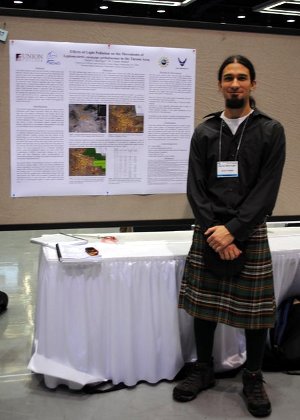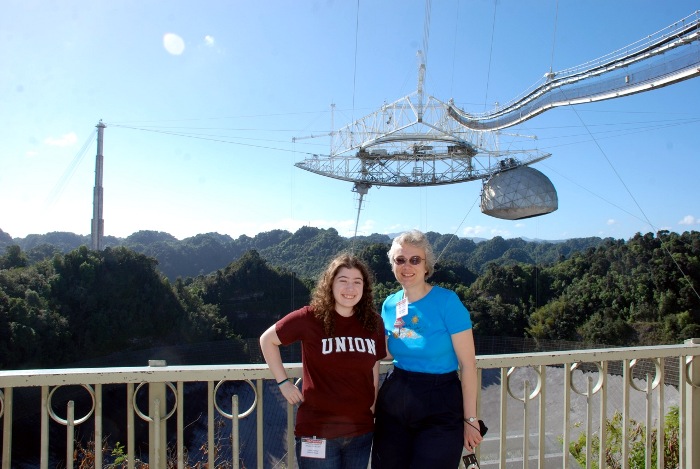Speaker: Jason E. Sanabia ’96, Ph.D., President & CEO Raith USA, Inc.
Title The Roles of High and Low Energy Electrons in Nanofabrication
Abstract In his 1959 speech entitled There’s Plenty of Room at the Bottom, Richard Feynman asked “Why cannot we write the entire 24 volumes the Encyclopedia Brittanica on the head of a pin?” After explaining how it was possible, Richard Feynman next asked “How do we write it?” and then hypothesized “We can reverse the lenses of the electron microscope.” Toward the end of his speech, Richard Feynman offered a price of $1,000 to “the first guy who can take the information on the page of a book, and put it on an area 1/25,000 smaller in linear scale, in such manner that it can be read by an electron microscope.” In 1985, Richard Feynman mailed a check for $1000 to Tom Newman, then a graduate student in R. Fabian W. Pease’s group at Stanford University, who used electron beam lithography to write the opening page of Dickens’ A Tale of Two Cities at a scale of nanometers.
Today, 50 years since Richard Feynman launched the field of nanotechnology, electron beam lithography is a critical facility for the world’s research in nanotechnology. Device physics research (graphene and spintronics), materials science (bit patterned media), electrical engineering (transistors), mechanical engineering (nanoelectromechanical systems, NEMS), optical engineering (waveguides and photonic structures), and biophysics (single molecule detection) are examples of today’s active fields of research that benefit from electron beam lithography facilities. But why cannot electron beam lithography do everything? Why is it difficult to control matter below 10 nm with electron beam lithography? What prevents the manufacture of computer chips using electron beam lithography? I will introduce the basic concepts of electron beam lithography, with particular emphasis on the roles of the high and low energy electrons. Within this framework, I will discuss today’s challenges that limit the application of electron beam lithography.
Joint colloquium with Chemistry Department
As always, the colloquium will be at 12:40 in Room N304, with pizza and soda available at 12:20 for those attending the talk. For details of future colloquia, see the Winter 2011 colloquium schedule.


